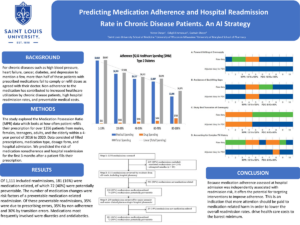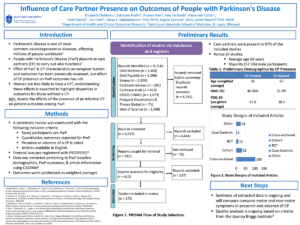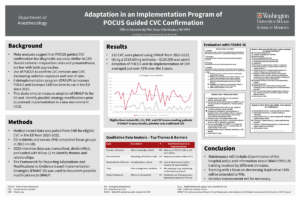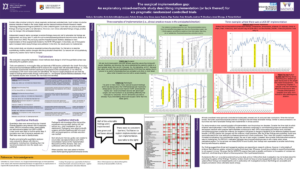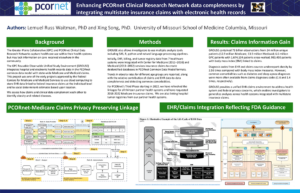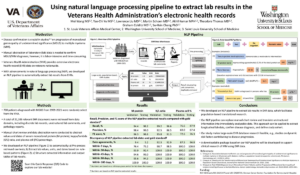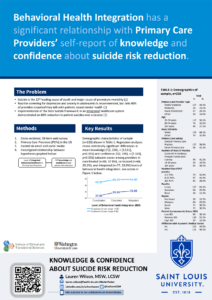Introduction: As of 2023, over 46 million Americans met DSM-5 criteria for a past year substance use disorder. Research shows that substance use disorders are chronic. However, traditional treatment approaches rely on isolated, brief treatment episodes. Recovery care models offer alternative approaches emphasizing long-term support. One promising intervention is the Recovery Oriented System of Care […]
30. Differences in Urban and Rural Implementation of Substance Misuse Recovery Programs in Illinois

